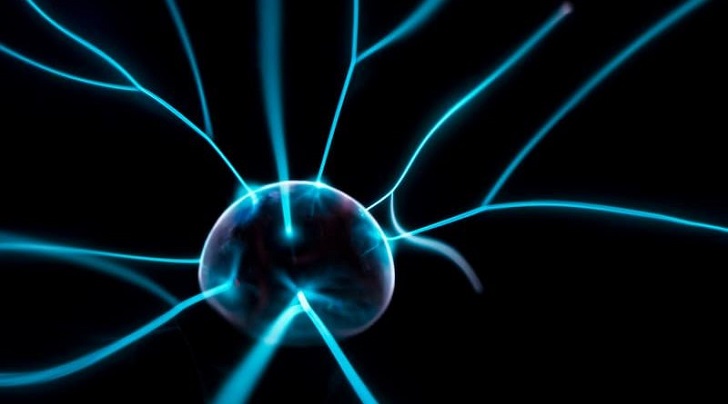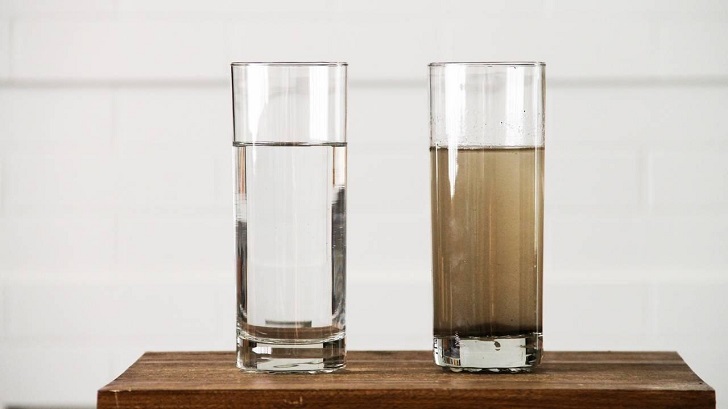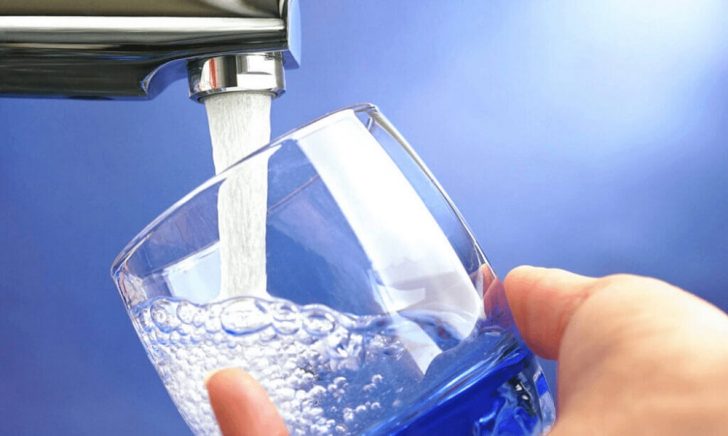Water purification is an essential process that removes contaminants from water to make it suitable for human consumption. Though there are many water purification methods available, static electricity is one method that is often overlooked.
Static electricity is the build-up of electric charges on an object's surface, seen as lightning, or when you touch a doorknob and feel a shock. However, static electricity has other beneficial uses, such as purifying water, and in this blog, we will explore how it works.
How Static Electricity Works
Static electricity occurs when two different objects rub against each other, which can transfer electrons between them. The friction causes the electrons to move between the two objects, creating a charge imbalance and a static shock when you touch a metal object or another person.
Similarly, the ions can become polarized in water, which means they develop a positive and negative charge. However, the charges quickly dissipate because the water molecules move freely, and the water remains unpurified. Scientists have discovered a way to make static electricity work in water by using a system that charges electrodes.

Ioniser Pro/ Pinterest | A spark of static electricity can measure thousands of volts
The Charged Electrodes
One method of purifying water using static electricity is by using charged electrodes. Researchers have developed systems that use electrodes to add an electric charge to the water, which attracts any charged impurities and eliminates them.
When the water flows through the electrodes, the molecules become polarized, and the impurities are attracted to the oppositely charged electrode, leaving purified water. This water purification method is particularly useful for removing heavy metals, as they carry a positive charge attracted to the negatively charged electrode.
The Non-Charged Electrodes
Another method of purifying water with static electricity involves using non-charged electrodes. Researchers have found that by creating nanobubbles, tiny bubbles of gas in the water, they can purify water using static electricity.

Alexa Flash/ Youtube | Purified water is full of essential minerals
The non-charged nanobubbles have a polarizing effect on the water molecules, which enables the impurities to become polarized and move to the surface. Once at the surface, the impurities can be removed, leaving clean, purified water.
Applications of Static Electricity Purification
Static electricity purification can have many useful applications beyond providing clean drinking water. For instance, this method can be used by households, businesses, and industries that rely on water to produce food or other products. Additionally, it can be used by developing nations that do not have access to safe drinking water.
Static electricity can also aid in wastewater treatment, which will help to reduce environmental pollution significantly. Furthermore, it can be used in disaster situations where water supplies may have been contaminated, and there is a need for immediate drinking water.

TOI/ iStock | Static electricity purification is effective in removing suspended particles such as sediment, dirt, and larger impurities from water
Conclusion
In conclusion, static electricity is an excellent method of purifying water that is often overlooked. Researchers have developed two methods of purifying water using static electricity: charged and non-charged electrodes. They have also discovered that these methods can have several practical applications in households, businesses, industries, and developing countries.
Purifying water with static electricity could make safe drinking water more accessible and help combat water pollution. This water purification method underscores the importance of exploring new methods to ensure the safety and availability of water for human consumption.